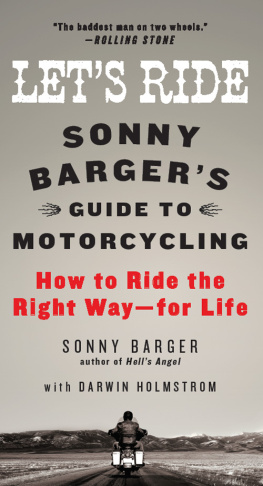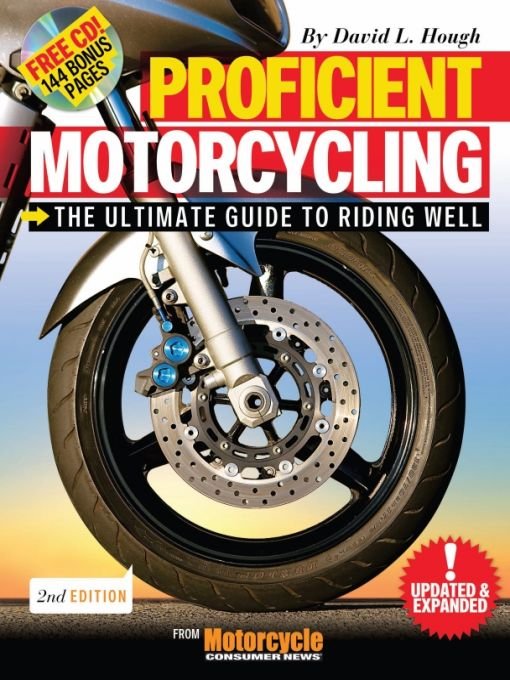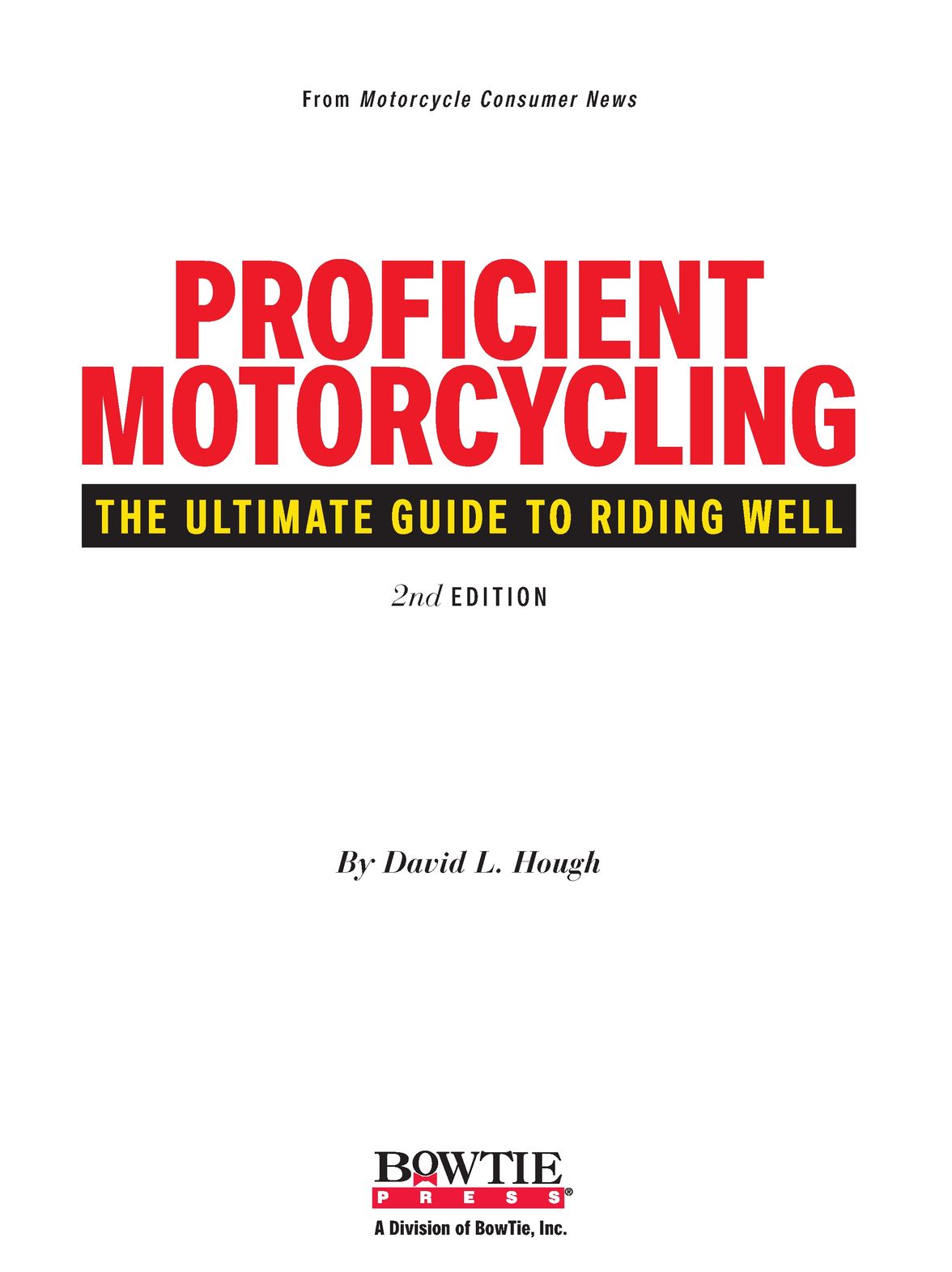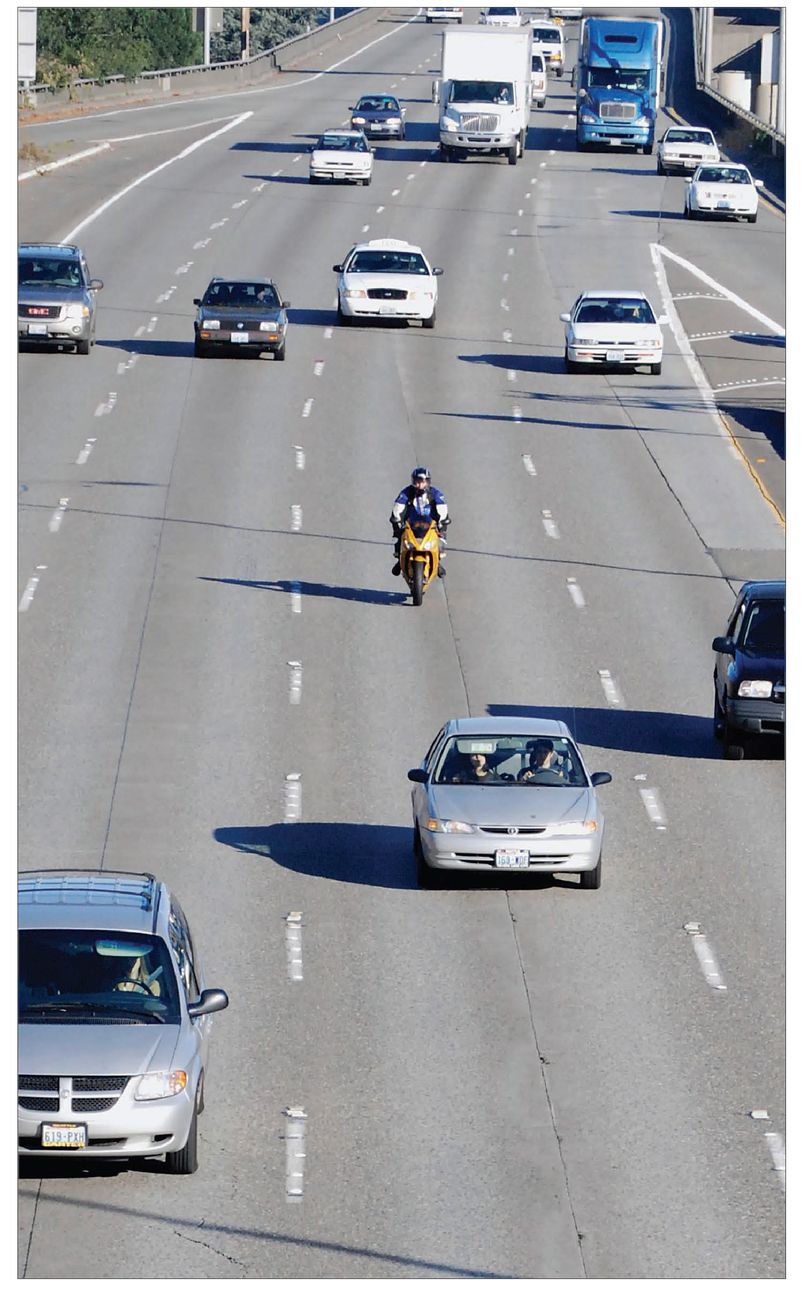Table of Contents
Dedication
While the content of this book is really collective wisdom gleaned from fellow motorcyclists and the school of hard knocks, two individuals were instrumental in allowing this book to come to life.
First, it was Bob Carpenter, the editor of Road Rider, who salvaged my first article back in 1972. Bob encouraged me to keep submitting, showed me by example how to write, and then suggested I tackle the Proficient Motorcycling series that eventually served as the basis for this book. Thanks, Bob. Its been quite a trip so far.
Second, my wife Diana has been tolerating my travels, travails, and tantrums since we got married. She accompanied me on many long motorcycle journeys on a variety of motorcycles that werent very comfortable; endured more than a few cold, wet, windy days; put up with my motorcycling fanaticism for the past forty years; and kept me moving on this project even when I would rather have gone riding. We got married in a little country church on Bainbridge Island in 1958, and were still together. Pretty amazing, huh?
Preface
Ive always been interested in how things work. I remember taking apart my new cap pistol when I was six years old, then hiding it when I couldnt get all the springs back inside. After a few more years of dabbling in things mechanical, I could overhaul the planetary geared hub on my bicycle and respoke wheels. I worked on outboard motors and built a few boats. In college, I took some mechanical engineering courses and learned about machining, casting, and welding before I switched over to industrial design. I started maintaining the family automobiles out of necessity, and when we needed a new house for a growing family, I learned concrete work, carpentry, plumbing, and electrical.
When I started riding motorcycles back in the 1960s, it was natural for me to wonder about the curious behavior of two-wheelers. I realized that riding a motorcycle involved not only the mechanics but also the dynamics of how to control them. My commuting to work by motorcycle eventually extended to thirty years, during which time I absorbed more than a few lessons about motorcycle dynamics as well as the joys and challenges of long-distance touring, group riding, foreign travel, three-wheeled motorcycles, off-pavement riding, motorcyclist rights, rider training, and yes, writing about it all. In the mid 1970s, I started putting down my thoughts on paper, contributing occasionally to Road Rider, a small Southern California touring magazine with a fiercely loyal family of subscribers. I began to offer safety tips at the local motorcycle club meetings, and I taught several road survival courses. When the Motorcycle Safety Foundation came into being, I became an MSFCERTIFIED instructor.
The Proficient Motorcycling column sprang to life in the May, 1984 issue of Road Rider, after editor Bob Carpenter asked me to write a six-part skills series, which he intended to publish every other month for one year. I didnt want to call this a safety column because I didnt think people rode motorcycles to be safe. I figured readers might rise to the challenge of getting more proficient. So I named it Proficient Motorcycling. Bob immediately decided to make it a monthly column, which I contributed to for several more years. Little did we realize at the time that Proficient Motorcycling would outlive Road Rider, capture a few awards from the motorcycle safety folks, stretch out another fifteen years, and start a trend toward the inclusion of riding-skills articles in other enthusiast publications.
By 1991, Road Rider magazine had been purchased by Fancy Publications and was reborn as Motorcycle Consumer News (MCN), a black-and white, no-advertisements, no-nonsense, quick-turnaround, product-oriented monthly. The Proficient Motorcycling column jumped the gap from Road Rider to MCN almost without skipping a beat
MCN editor Fred Rau recognized the value of skills articles and encouraged me to keep the column going. Today, its still a popular feature of the magazine. Back in 2000, when I put this book together from years of past Proficient Motorcycling columns, I was approaching age 65, and I recognized the column might well outlive me. So I helped train my replacement, Ken Condon. Ken now writes the Proficient Motorcycling column for MCN.
When i-5 Press decided to publish the first edition of the book Proficient Motorcycling, no one really understood the potential, and it was made very economically. Everyone was surprised and relieved when the first run quickly sold out. Since then, more than 120,000 copies of Proficient Motorcycling have found their way into the hands and minds of motorcycle enthusiasts. More than a few readers have told me proudly that they lent their first copy to other riders, couldnt get it back, and had to buy a second copy for themselves.
Considering the enthusiastic reception to the first edition, its time for an update, so heres the second editiona little bigger, sharper, and better organized. I hope you find it useful.
Note: contents based on the Proficient Motorcycling series as published in Motorcycle Consumer News and Road Rider magazine, 1981-1999.
Introduction
BEGIN AT THE BEGINNING
Ive been trying for years to break the taboo about discussing the risks of motorcycling. Motorcyclists know instinctively that the risks of riding are higher than those associated with other vehicles, but there seems to be a general consensus that ignoring the risks will make them go away. Certainly, motorcycle salespeople tend to sidestep the safety issue for fear of squelching a sale. Mainstream motorcycle magazines have focused on the bike as a machine, a lifestyle, or an addictive pursuit, but seldom have there been articles on how to control the bike or how to get through traffic unscathed. And if a motorcyclist is still trying to convince the family that riding a two-wheeler is an acceptable mode of transportation, maybe it would be smart to not bring the risks out into the open. In my opinion, it is possible to reduce the risks of motorcycling to an acceptable level through skill and knowledge, and we really need to get that concept out in the open.
Im pleased to see that today other authors are starting to talk about riding skills. There are a number of excellent books available, mostly by authors with a background in motorcycle racing. The ex-racers tend to focus on fast cornering and deal only superficially with the business of negotiating the hazards of riding on public roads. My focus is the opposite. I deal primarily with riding tactics appropriate to public roads, with much less emphasis on rapid cornering. Thats why this book includes lots of photos of situations on public roads and fewer photos emphasizing the motorcycle as the center of attention.
Lets face the risk questions openly and honestly. Yes, motorcycles are potentially dangerous, but whoever is holding the handlebar grips at the moment can significantly change the odds. If you want to avoid pain and lost dollars, you need to understand what the risks are and take positive steps to control any situation to your advantage. The proficient motorcyclist knows what trouble looks like and has the skills to negotiate whatever happens along. The big payoff is that becoming a really proficient motorcyclist can be immensely satisfying.


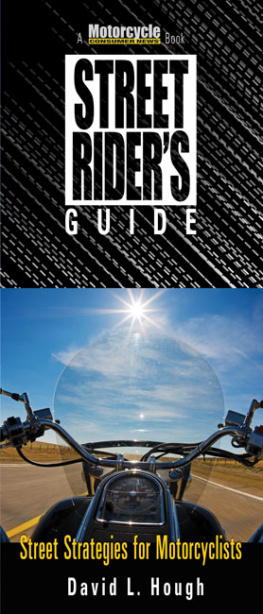
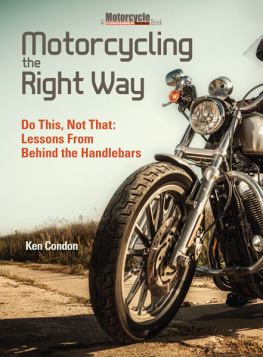
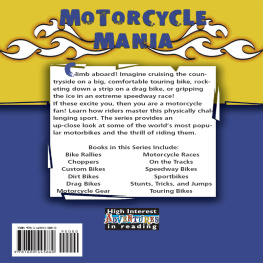
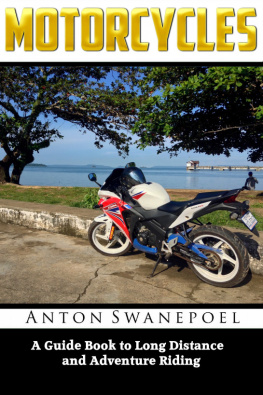

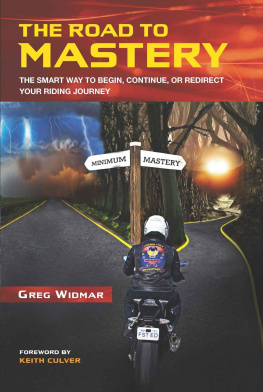
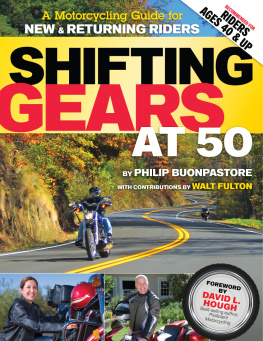
![Sonny Barger & Darwin Holmstrom - Lets ride: Sonny Bargers guide to motorcycling ; [how to ride the right way - for life]](/uploads/posts/book/135921/thumbs/sonny-barger-darwin-holmstrom-let-s-ride-sonny.jpg)
